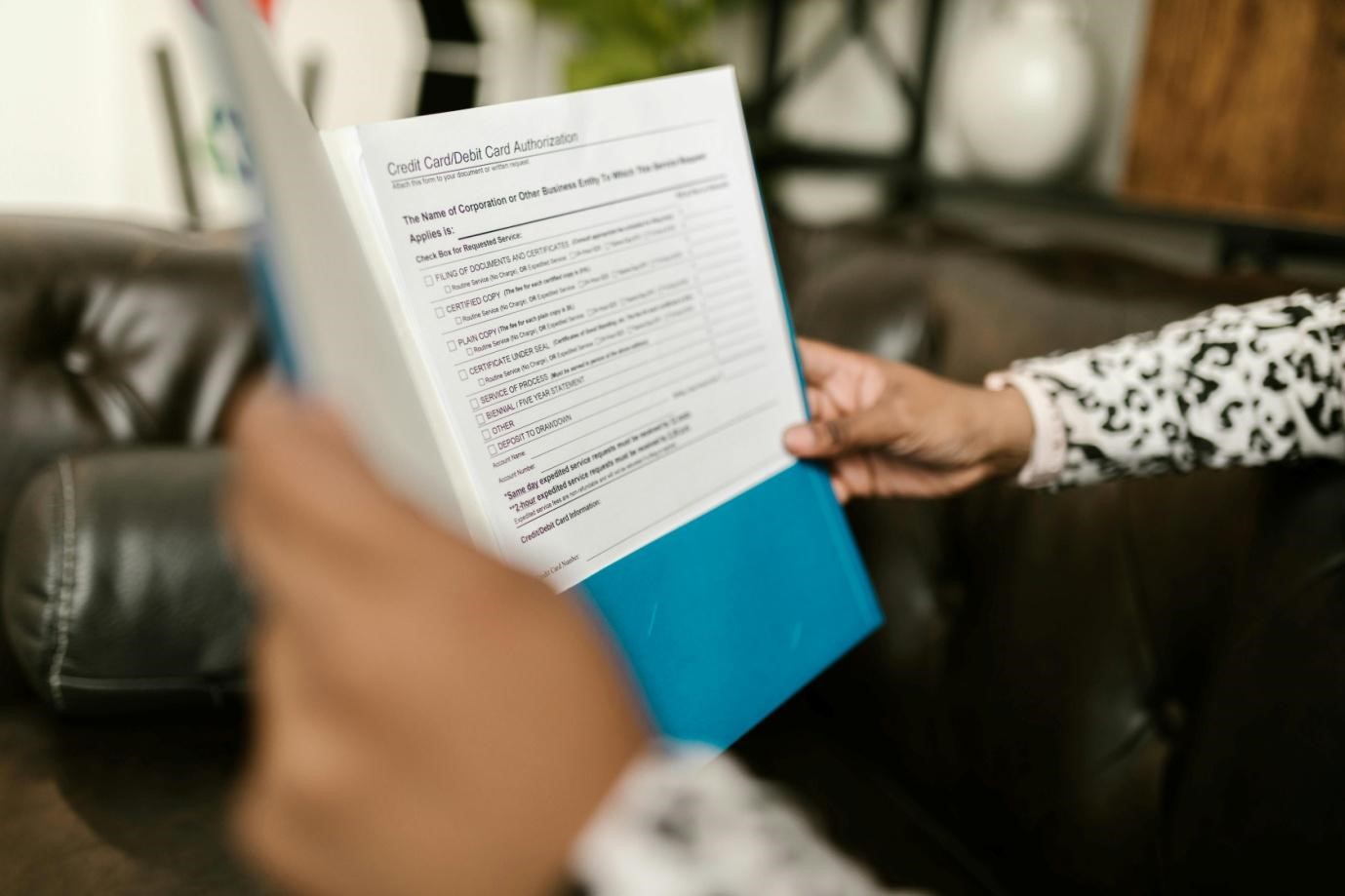No matter if you are saving for a dream home, your child’s education, or just starting an emergency fund, staying on the right track with a savings plan takes discipline and smart strategies. If you are new to the world of savings or want a simpler way, we are going to explain how and why an effective saving plan will get your finances on track and, more importantly, help you stick to your savings goals.
Set Clear Goals
The first step before you start saving is to know your exact goals. Having clear goals for your savings plan helps give it direction. For example, are you saving for a shorter-term goal such as a vacation or is this towards your long-term goal of building a retirement fund? Creating time frames around your goals—short-term (1-3 years), medium-term (3-7 years), and long-term (7+ years)—allows you to understand how much you want saved and by when.
Create a Realistic Budget
Your budget is the roadmap to your savings success. Know how much you are earning and be aware of your monthly expenses. Put your bills, such as rent and groceries, under the essentials category, whereas dining out, shopping, etc., are non-essentials. After you have a good idea of monthly expenses, look for places to cut back on and divert the savings towards your savings fund.
Pay Yourself First
One golden savings rule is to pay yourself first. Immediately as you receive your salary, transfer a portion of it to your savings account. Many banks have the facility of automatic transfers from your salary account to a savings account, which can reduce the temptation to spend all your earnings on a whim. To reinforce discipline, consider setting up a separate savings account that doesn’t allow easy withdrawals.
Choose the Right Savings Instrument
Not all savings goals are equal, and you must adjust your plan accordingly. For short-term goals, you can go for a low-risk regular savings account, recurring deposit (though remember, interest earned on RDs is taxable), or liquid funds. For long-term goals, options such as PPF (with a 15-year lock-in period and tax benefits) and NPS (suitable for retirement) are good choices. Mutual funds can also be considered for long-term goals, but remember they carry market risk and are not guaranteed to grow your money like traditional savings instruments.
Stay Disciplined and Consistent
The most important thing about savings is discipline. So, set reminders to check your savings every month. If you realise that you are spending on a whim, it may be time to re-evaluate your goals and spending priorities. If you have unnecessary subscriptions and do impulse shopping, cut down on these expenses to maximise your savings.
Reward Yourself Occasionally
Savings should not feel like a punishment. You can still celebrate small milestones by rewarding yourself occasionally. If you’ve reached a savings target, you can treat yourself within a set budget. This occasional reward approach can keep you motivated to save and reach your next savings goal.
Conclusion
Establishing a saving plan and following through with it boils down to being clear on your objective or financial goals, along with some discipline and consistency. If you follow these tips, you can create a savings fund that will guarantee your future financial security. So, start small, be patient, and watch your savings grow!
